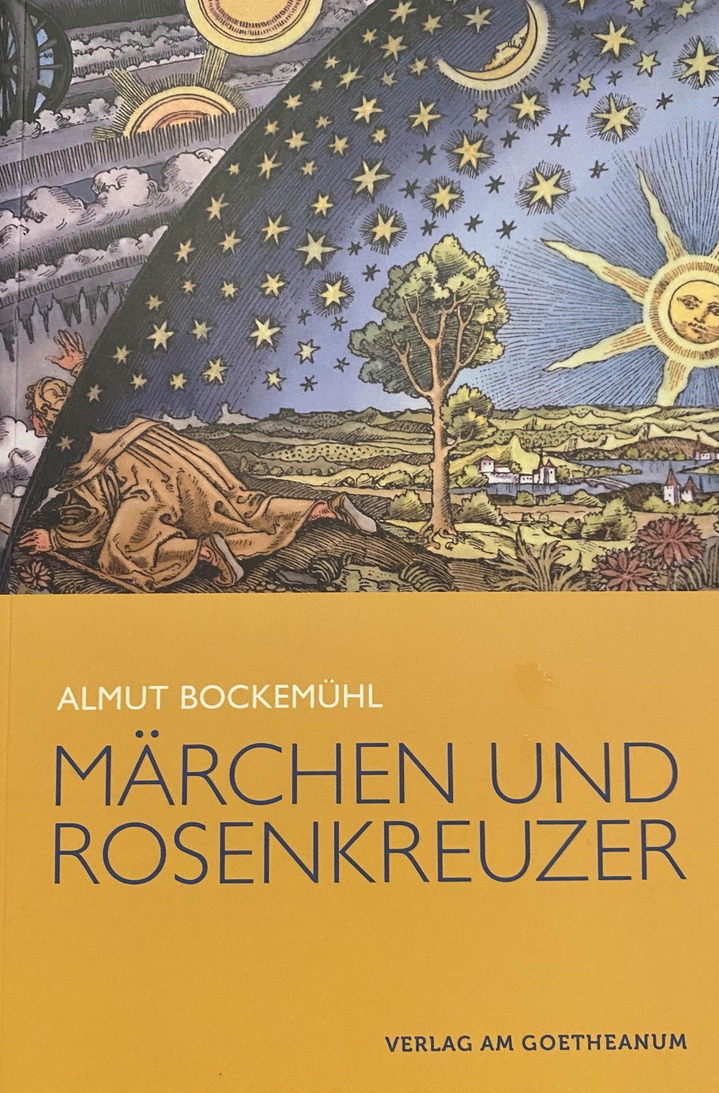The local Section group has a subgroup that meets regularly to discuss and read fairytales. The group is facilitated by Marion Donehower, who is a native German-language speaker and has made portions of this important book available to participants in translation. For many years, the author of this book, Almut Bockemühl, led a Fairytale Research Group at the Goetheanum, and this book arises from the work of that group and from her independent research. Almut Bockemühl is a former leader (1997 – 1999) of the Section for the Literary Arts and Humanities at the Goetheanum. Her important essay “The Origin of Fairytales” appears on this website in the Books & Essays section.
Click here to visit the publisher Verlag am Goetheanum
“In the lectures on fairy tale poetry of June 10, 1911, Rudolf Steiner called the medieval storytellers “rhapsodists”. In fact, in ancient times and in many places until far into the 20th century, fairy tales were recited in a kind of chant. Steiner continued: “Where did these rhapsodists come from? Where had they learned to present such images to the people? – In the same temples they had learned it, which we have to regard as the schools of the Rosicrucians. They were disciples of the Rosicrucians.” This statement, on the one hand, puts before the inner eye an aspect of Rosicrucianism that has been little considered and heeded, and on the other hand, it puts the folktale in a very special light. Both are still little researched and worthy of thorough consideration. It raises questions of the history of consciousness as well as those concerning the imaginative style of the fairy tales. What are “imaginations” at all in Rudolf Steiner’s sense? Undoubtedly, not all fairy tales are Rosicrucian fairy tales; there are also sagas, legends and fables. What criteria and motifs are there that can point to Rosicrucianism in a fairy tale? The book contains both general remarks on the questions raised above and on the use of fairy tales as spiritual training in the present.”
— Almut Bockemühl, from the Introduction
(Trans. Marion Donehower and Bruce Donehower)

